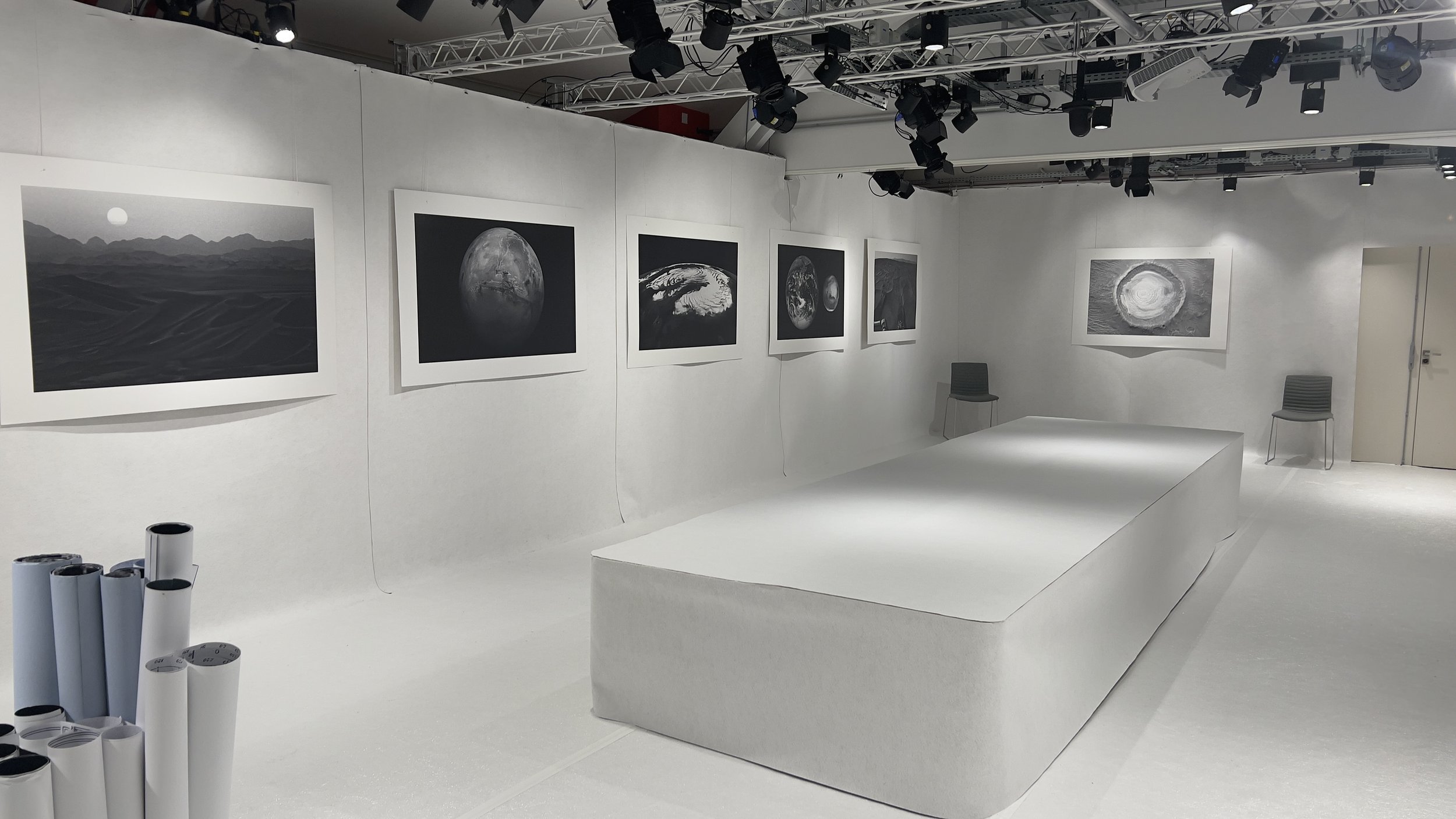
Trilogie Terrestre - White box — 2023-25

Arche — 2024

Le musée des contradictions — 2023-25

Scarlatti les notes persanes — 2023

Triptyque des Terres qui bougent — 2023

Yves Saint Laurent : Transparences • 2024
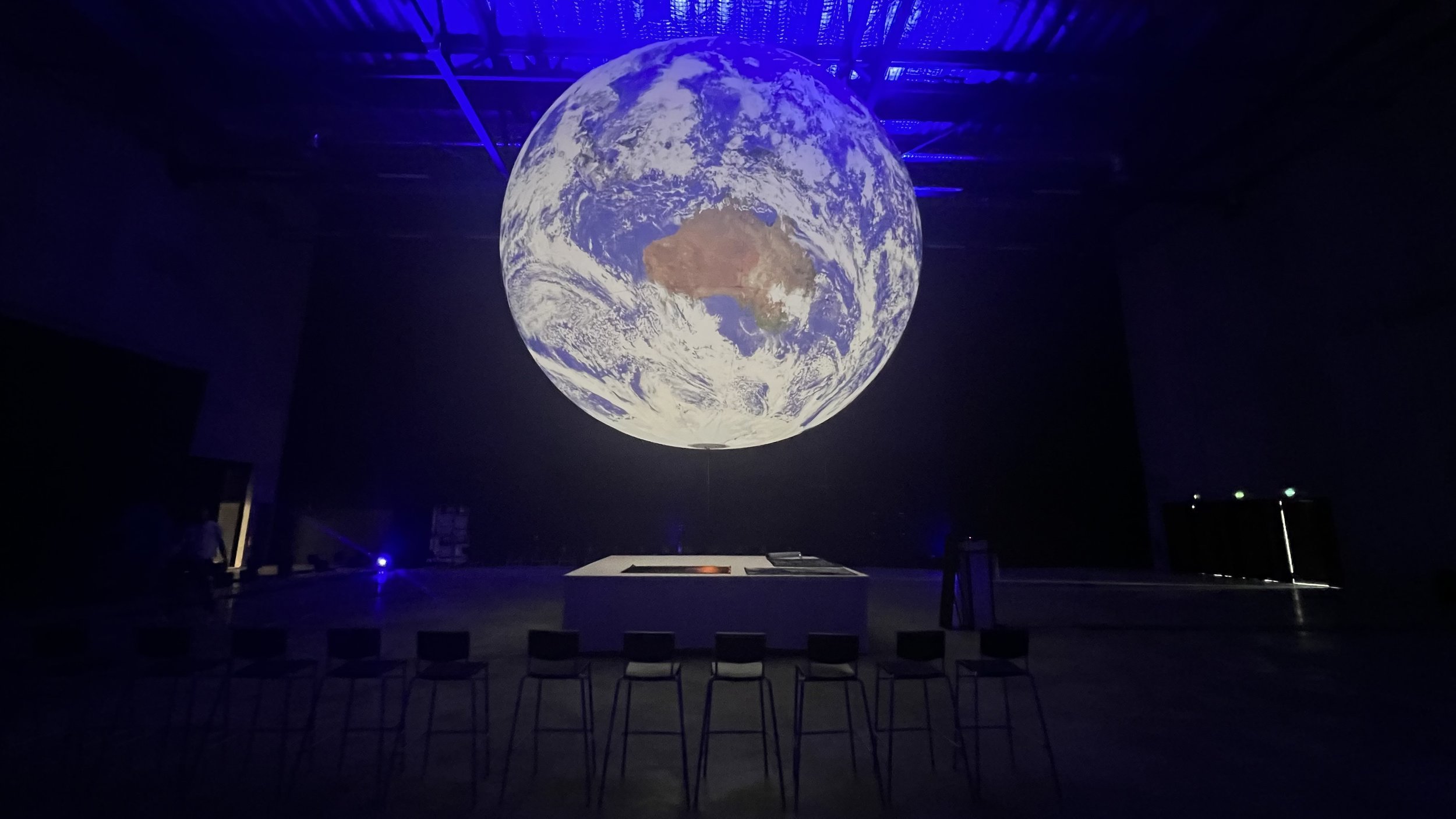
Inside - Gaïa - Lieux publics — 2023

Trilogie Terrestre — 2017-25

Qayna — 2022

Viral — 2022
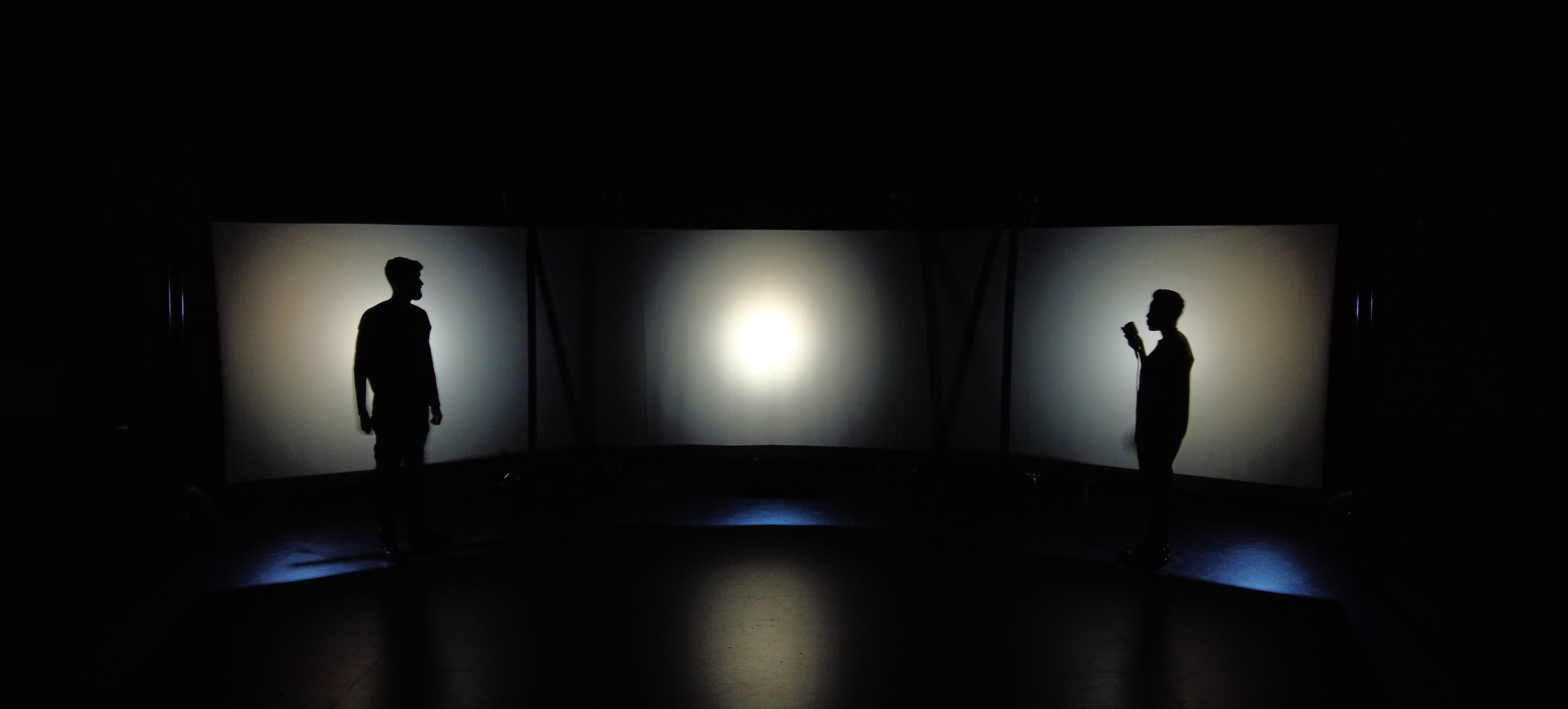
MississipiS — 2021

La tragédie de Salomé — 2021

Topos — 2020

Aufführungsraum — 2020

Moving Earths — 2019

Hybrides — 2018

Hybrid — 2018

Danse avec Elle — 2018
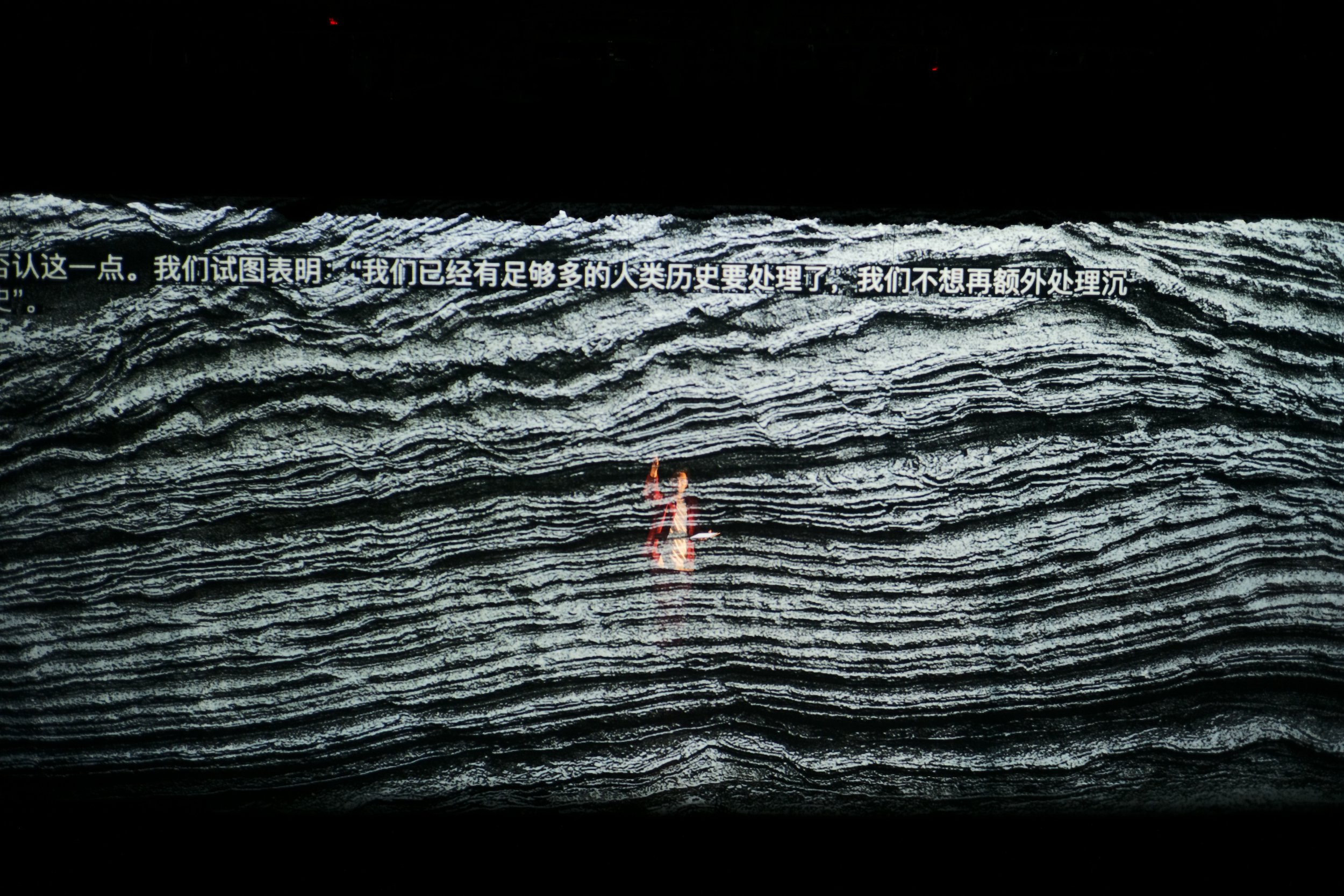
Inside — 2017

Bleu — 2017

Rafales — 2017

Blue U — 2017

Eaux sombres — 2016

As a child — 2016

Sombre printemps - 2016
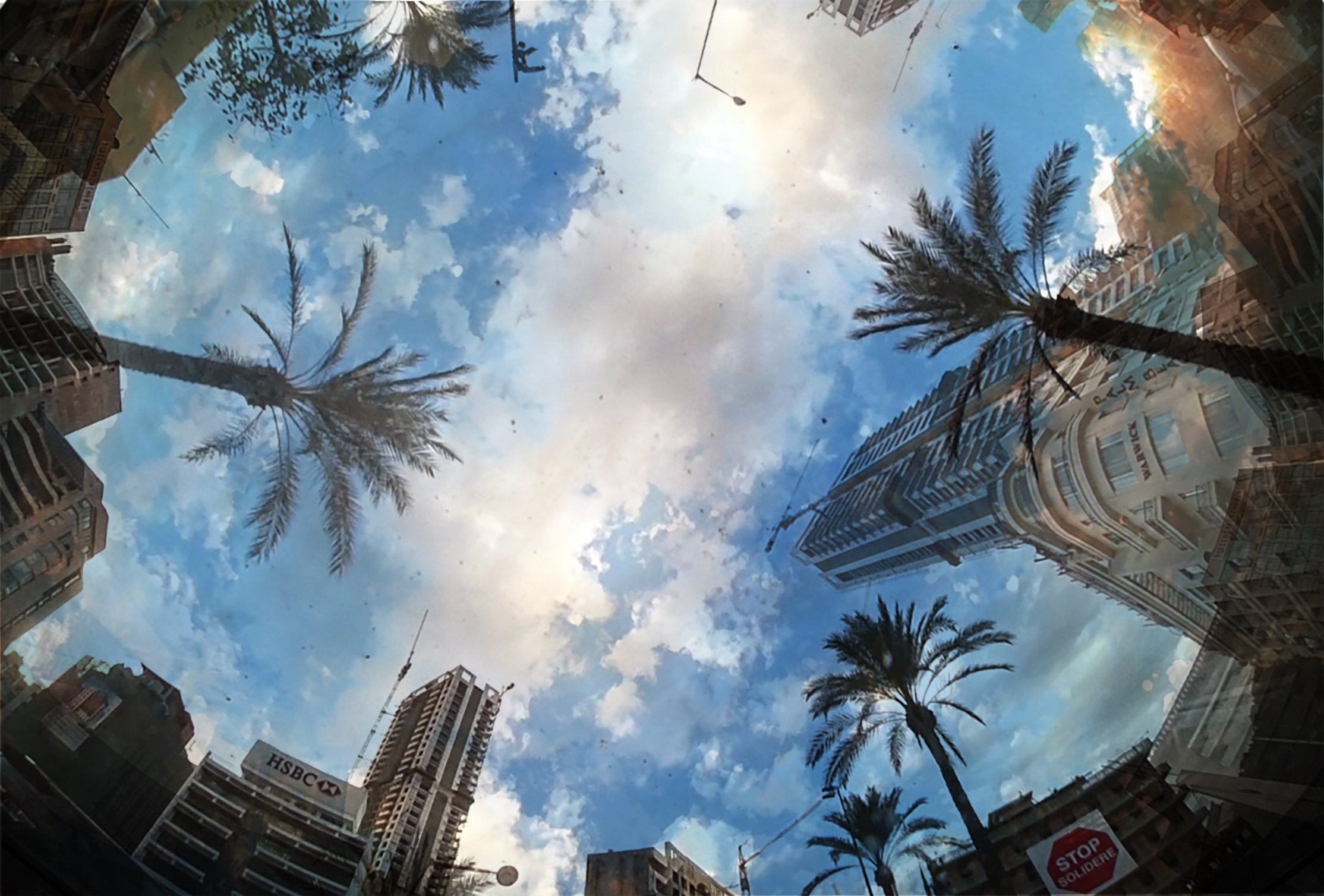
Sous Beyrouth — 2016

Beyrouth variations — 2016

Ctrl-x — 2016

Dust — 2016

Orages — 2015

Spellbound — 2015

Tête haute – 2013

Sueur — 2013
![NO SIGNAL [?HELP] — 2013](https://images.squarespace-cdn.com/content/v1/591f040486e6c0c5f1958132/1744567215445-MIBB0Q5X4S06F01S7AEH/Capture+d%E2%80%99%C3%A9cran+2025-04-13+%C3%A0+20.00.04.png)
NO SIGNAL [?HELP] — 2013

Ailante — 2012

Ailante - vidéo — 2012

John — 2012

Zone Éducation Prioritaire — 2012

Kolik — 2011

D—dream — 2011

Sun — 2011

Reset — 2010

White Out — 2009

Mamzelle Poésie — 2009

Tout — 2009

Fragments — 2005

HU BOX — 2004

Pré-vues — 2004

Précipités — 2004

Ab-Time — 2003

Contexte — 2003
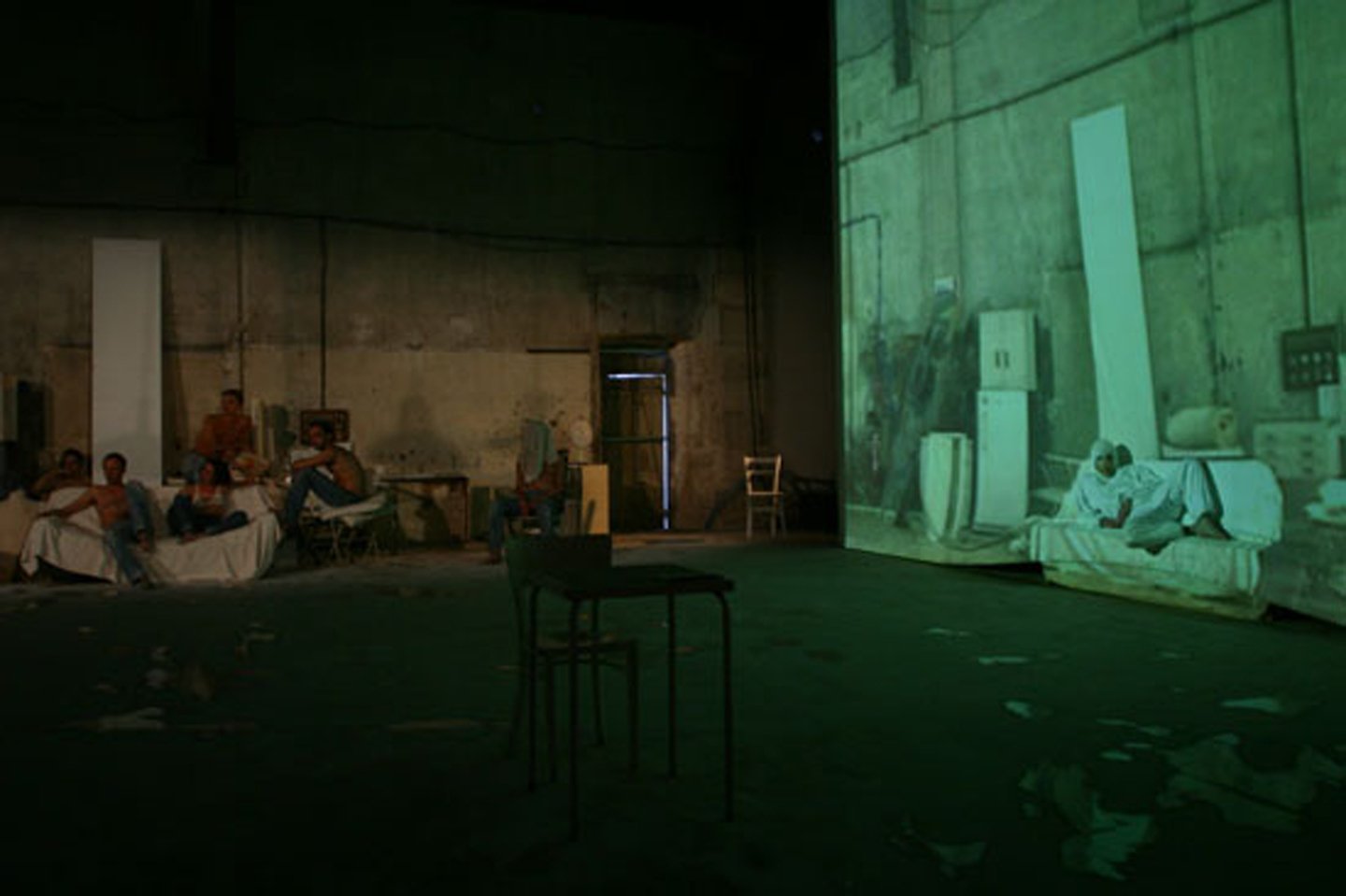
Comment cela est-il arrivé — 2002

Bruit — 2002
